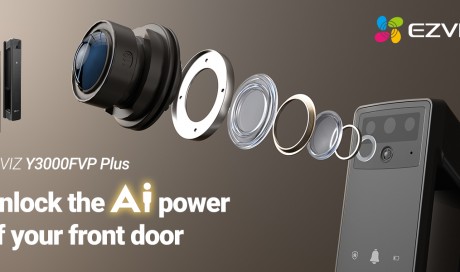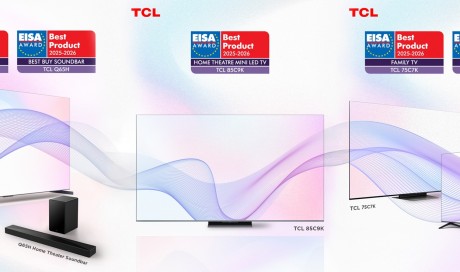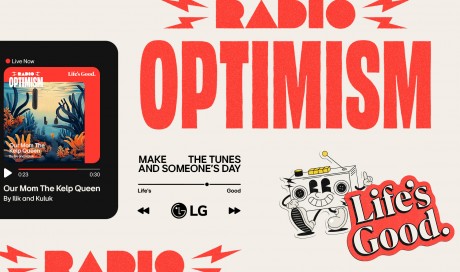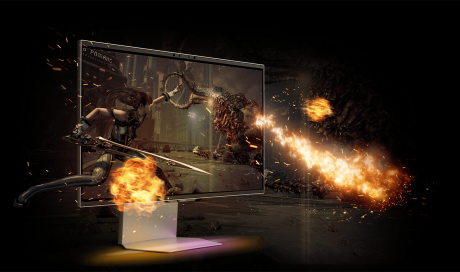HMD Global announced the re-entry of the Nokia brand in the mobile market late last year, and the Nokia 6 became the first phone to be unveiled under the new arrangement. This was followed by the launch of the Nokia 5 and the Nokia 3, with the focus very much on the entry-level segment. That changed in August when the Nokia 8 was unveiled at a special event in London. This device is the realisation of a long-held dream of many enthusiasts - a Nokia-branded Android smartphone with flagship-class specifications.
The Nokia 8 packs the Snapdragon 835 SoC - a chip that nearly all current-generation Android flagships are built around - and comes with near-stock Android. That means there’s little room for differentiation in terms of specifications or software. Instead, like many other OEMs, HMD is pinning its hopes on the camera to act as the big selling proposition for its most expensive smartphone till date.
To that end, HMD has revived Nokia’s iconic partnership with Carl Zeiss AG - the brand that lent its name to many famous Nokia camera phones back in the day - for the front and rear cameras of the Nokia 8. The phone also packs some new tricks like the ability to capture ‘bothies’ and record spatial 360O audio thanks to technology borrowed from Nokia’s Ozo camera. Is that enough to make the Nokia 8 stand out in a crowded market? Let’s find out.
Nokia 8 design and display
At first glance, there’s nothing striking about the Nokia 8, especially from the front. It has a fairly standard design, with the 5.3-inch display dominating most of the front, and thin, yet noticeable borders on the left and right. Below the display is the oval home button with a built-in fingerprint scanner, flanked by the capacitive Back and Recent buttons on either side. There’s an earpiece above the display, with a selfie camera to its left and a Nokia logo at the far right. The bottom edge of the Nokia 8 has the Type-C USB 3.1 Gen. 1 port, a mic, and the mono speaker, while the 3.5mm audio port is on top. The SIM/ microSD tray is on the left, and the volume controls and power/ wake button are on the right.
Flip the phone over and things start to get a bit more interesting. The top third has the dual camera module and dual-LED flash lined up in the centre, with ZEISS branding separating them. All this is housed in a small ‘island’ of glass surrounded by an oval-shaped metallic ring that gives the Nokia 8 a tiny camera bump at the back. Another Nokia logo adorns the centre of the phone’s back, and there’s a fair amount of regulatory text towards the bottom, including the ‘Made in India’ tag on our review unit. The antenna bands at the top and bottom blend in nicely with the rest of the phone.
The Nokia 8’s body is made from 6000-series aluminium, and it comes in glossy Polished Copper and Blue finishes, as well as matte Tempered Blue and Steel options. We got to try both the matte finishes for extended periods of time for our review and found the overall feel and finish to be a notch above other devices in this price segment. We criticised the OnePlus 5 for its uninspiring design in our review, and now, purely in terms of design, it feels extremely dated in comparison to the Nokia 8.
...[ Continue to next page ]
Share This Post















